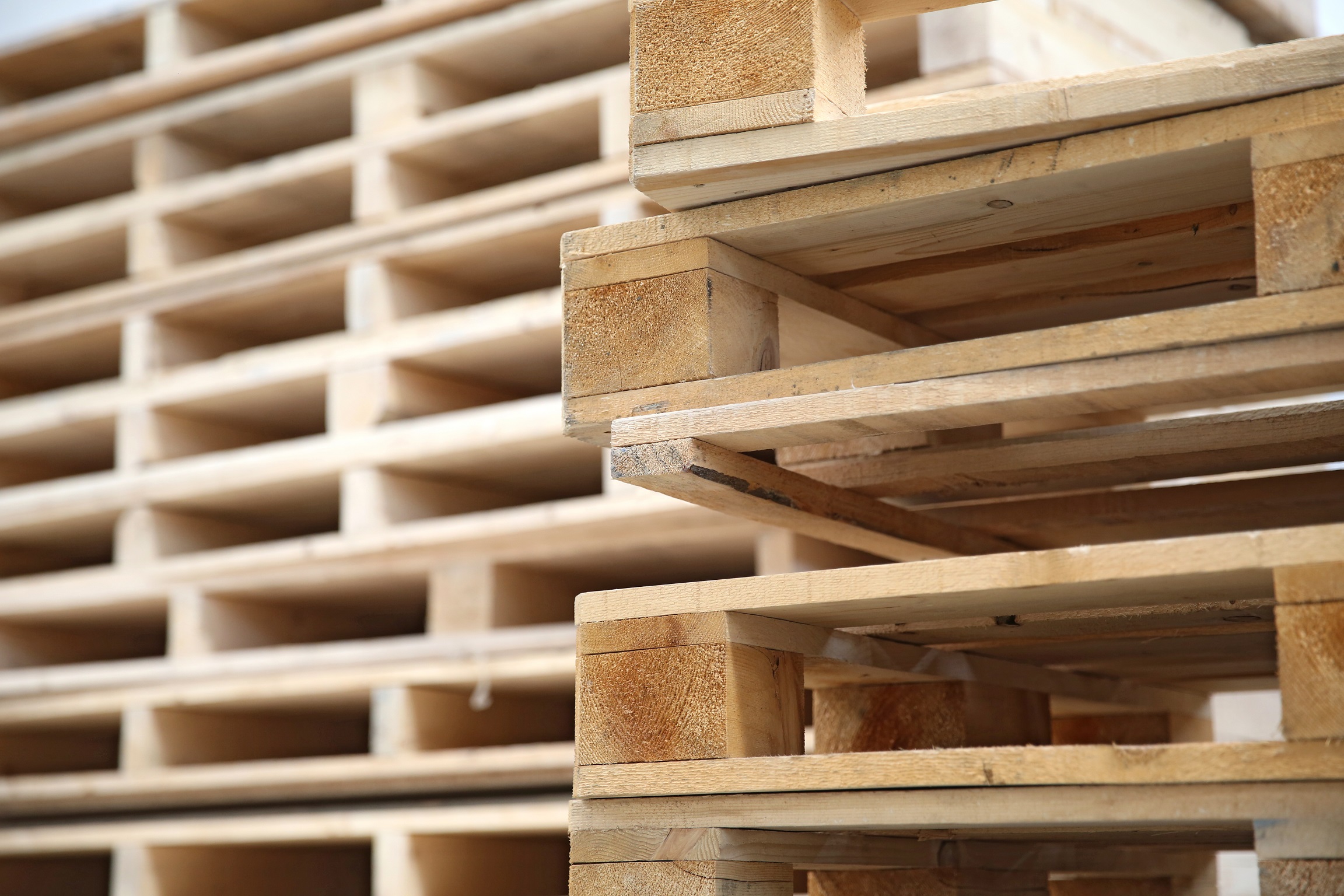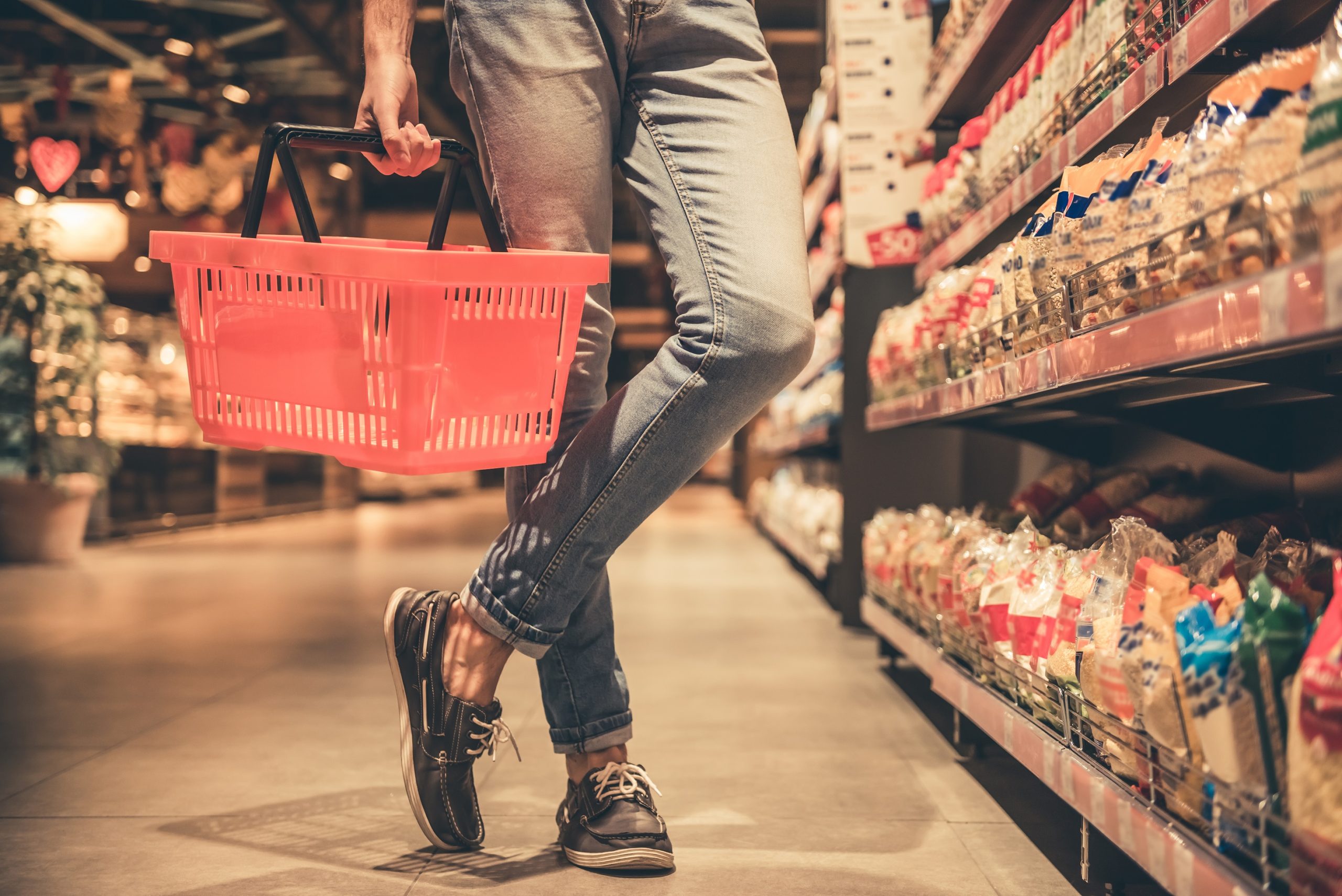Who delivers us presents?

If you are a child, the answer to this question is simple: Santa Claus (known as Starman in Poznań) traverses the world on a sleigh pulled by reindeer and throws gifts down the chimney. As one gets older, the answer becomes more complicated and less fairy tale-like.
Please note, the text is not for children and those who still believe in Santa Claus.
Life would be simpler if all gifts could be ordered from one Santa, who would deliver all packages perfectly on time, directly under the Christmas tree and still in a zero-emission way. However, this is not the case, which is why December is the busiest time for logistics companies, with couriers playing the role of elves, who double and triple their efforts, and still sometimes the package will arrive late. Especially if we buy it at the last minute.
Let’s trace its path, starting from the store, and online, because we ourselves know best the path of goods from the stationary store to home. According to the latest report “E-commerce in Poland 2023” by Gremius, 79 percent of Internet users in Poland shop online. This percentage is growing every year. Admittedly, nearly one in three respondents admitted that they are cutting back on purchases this year due to inflation – but after all you have to buy some gifts anyway. The pre-Christmas period is always a golden time for vendors.
The package takes off
We shop, we choose a delivery method, we pay – and now the ball is in the store’s court, which starts processing the order. What happens during this time?
The store processes our order – saves it with the data we provided, confirms payment, checks the availability of products in stock. If all of them are in stock, the store employee completes our order and hands it over for packaging. The person in charge has to choose the right packaging, and then secure the goods so that they don’t get damaged in transit and so that they don’t move around in the box (which amounts to surrounding them with plastic or paper fillers). He checks that the order is complete, throws in freebies, flyers, a receipt or invoice, closes and secures the package so that it doesn’t open during transport and sticks the appropriate label for the courier. This is how the parcel is prepared, waiting to be handed over to the courier company.
This is how it looks in general, but the devil, as usual, is in the details. E-commerce, after all, can be small or large, can sell goods of its own or many different brands. In a small store selling, for example, own-brand cosmetics, the entire order completion process can be dealt with by only one person, especially when there aren’t many orders, and the goods are stored in one place. It is a different case for a large store with huge warehouses, where people are supported in their work by robots.
However, it is not always necessary for a store to physically have the items it sells in its warehouse. In many instances, it is cheaper, faster and more convenient if the goods purchased by the customer are shipped directly to him by the manufacturer or wholesaler. Such a solution is called dropshipping. Its downside for the customer is that if he orders several items, they may come in different shipments, which sometimes have to be paid for separately.
Parcel on the way
The package goes to the courier company, the customer gets an email or notification in the app that it has been shipped. The journey begins!
The aforementioned Gremius report states that the most preferred form of delivery is the parcel machine, with 82 percent of respondents indicating it. This is usually the cheapest solution and the most convenient for many people, as the machines are available 24 hours a day, and the parcel is usually waiting to be picked up for up to 48 hours. The downside is that you have to go yourself to pick up the package, and in less populated areas the network of vending machines is less extensive than in large cities.
Courier delivery to home or work is the second most popular option, with 42 percent of people choosing it (several answers could be given to the question). This is by far the most convenient delivery method, although it requires being in one place. That’s because it’s hard to determine when exactly the courier will arrive.
The least popular, chosen by 18 percent of respondents, is delivery to so-called PUDO points, i.e. send and receive (pick up, drop off) – for example, in a store. We don’t have to wait for a courier, the point may in many cases be closer than a parcel machine, but we are limited by the opening hours of that establishment.
However, let’s get back to our package. Picked up by the courier, it is transferred to the sending department. Here the parcels are sorted and go off in different directions. They may go to the delivery branch or another, this time the main sorting office, where they will again be scanned, assigned to different directions and packed into trucks that take them to the divisions. Each company has its own logistics, and each package has its own route.
DPD counted that from pick-up to delivery, a parcel is handled by ten people. It travels many meters on conveyor belts in sorting plants and comes into contact with many other packages. This is one of the reasons why it has to be packed securely.
The last mile
Although they are very different distances, the final stage of parcel delivery is called the last mile in logistics. This is the most difficult and expensive (consuming more than 40 percent of the cost) part of the entire delivery chain.
It usually begins in the morning, when the courier arrives at work, loads the parcels he has to deliver around his region that day into his car, while scanning each one. Then he hits the road, delivering and picking up parcels from customers or placing them in parcel machines.
It sounds easy, but in practice it’s a race against time, numerous phone calls to customers, arranging where to leave the parcel if they’re not at home, looking for places to park the car, running up and down stairs, carrying parcels of various sizes and weights.
We are used to the courier moving around in a delivery van, but increasingly in cities you can see couriers on cargo bicycles (these are electric vehicles equipped with a sturdy package that can fit multiple parcels). Large courier companies are already investing in bicycle fleets, because it’s a greener solution (especially since clean transport zones exist or are planned in many cities) and faster (the bicycle doesn’t stand in traffic jams, and it’s also easier to park). The limitation here is the capacity of the trunk – but even for this there are ways in the form of microhubs. These are points to which shipments are brought by car, but from there they are delivered on bicycles or picked up directly by customers. The first microhub in Poland is being built in Poznan and is the responsibility of Lukasiewicz – PIT in cooperation with GSL.
Stores and logistics companies are also introducing solutions that relieve couriers in their work. These include, for example, autonomous robots that look a bit like larger boxes on wheels, which glide along sidewalks at a walking pace. In several Polish cities, such robots have been test-delivering food.
Amazon recently announced that by the end of 2024 it will be delivering packages in the UK and Italy using drones. They will carry packages the size of a shoebox and weighing up to 2.26 kg. The solution has already been tested in the United States. The American giant is no exception – drones have already been tested by other companies. They are ideal in sparsely urbanized areas, in places that are difficult to access and dangerous. The problems are air traffic safety issues and the need to obtain the necessary permits, as well as the price of delivery of the package.
To make sure the gift arrives for Christmas
The Christmas shopping frenzy begins in mid-November. During this period, courier companies record up to 40 percent more orders than in the third quarter of the year. To handle them, they recruit additional employees and launch weekend pickups. Nevertheless, it is better not to tempt fate and wait with last-minute purchases. Loaded with more requests, stores may take longer to process our orders, which will affect the delivery time of the shipment.
Most online stores state by when orders can be placed so that they hit before Christmas. On Allegro, this year these were on December 18, 19 or even 20 – depending on the carrier. That is, today (December 20) it is better to already look for gifts in stationary stores or take a risk and consider that maybe naughty children won’t find a gift under the Christmas tree on Christmas Eve, but after Christmas in the parcel machine they will. 😊
At Łukasiewicz – PIT we can help any Santa – check out our logistics consulting offer.




